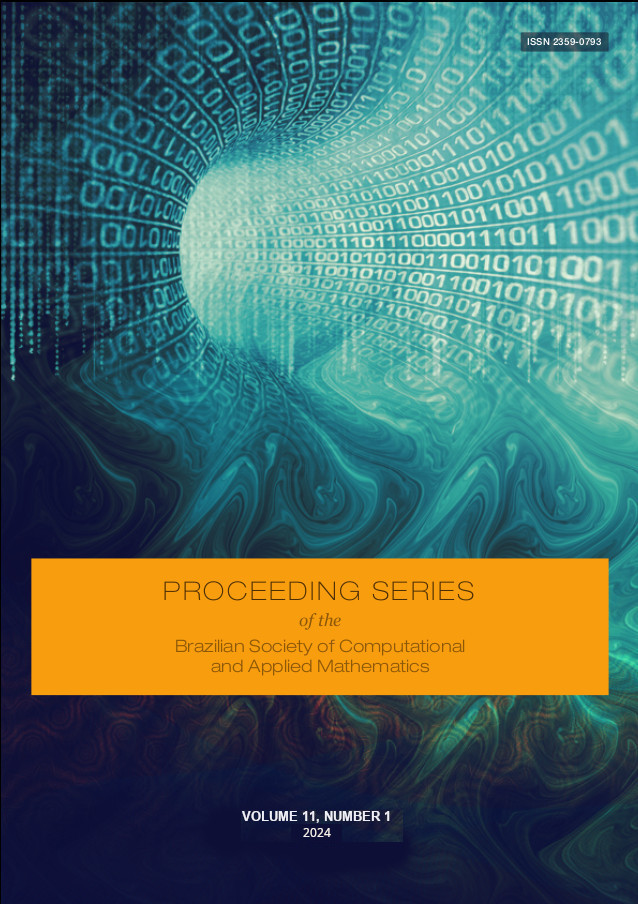Optimal Vaccination Strategies on Networks and in Metropolitan Areas
Palabras clave:
Optimal control, Vaccination strategies, Epidemic modeling, Metropolitan areas, Commuting patternsResumen
This study presents a mathematical model to determine optimal vaccination strategies in metropolitan areas and general networks of cities, considering commuting patterns. The epidemiological model utilizes a compartmental SIR (Susceptible-Infected-Recovered) framework, including a vaccination rate by city, which acts as a control function, and equal birth and death rates to ensure a constant population. Commuting patterns are incorporated through a weighted adjacency matrix P such that pij measures the proportion of individuals who live in city i and work in city j, and a parameter α that weighs day and night periods. During the day, commuting affects the infection dynamics since individuals from different cities interact. The complete model is defined by a set of differential equations that describe the dynamics of susceptible, infected, and recovered individuals. Building upon this model, an optimal control problem is formulated to minimize a balance between the number of hospitalizations and vaccinations, subject to constraints imposed by vaccination application limits and availability caps. The study provides insights into the disease dynamics and the effectiveness of control measures, emphasizing the need for incorporating spatial heterogeneity.
Descargas
Citas
M. R. De Pinho, I. Kornienko, and H. Maurer. “Optimal control of a SEIR model with mixed constraints and L1 cost”. In: CONTROLO’2014–Proceedings of the 11th Portuguese Conference on Automatic Control (2015), pp. 135–145. doi: 10.1007/978-3-319-10380-8_14.
J. C. Lemaitre, D. Pasetto, M. Zanon, E. Bertuzzo, L. Mari, S. Miccoli, R. Casagrandi, M. Gatto, and A. Rinaldo. “Optimal control of the spatial allocation of COVID-19 vaccines: Italy as a case study”. In: PLoS computational biology 18.7 (2022), e1010237. doi: 10.1371/journal.pcbi.1010237.
L. M. Moschen and M. S. Aronna. “Optimal vaccination strategies on networks and in metropolitan areas”. In: medRxiv (2024), pp. 2024–01. doi: 10.1101/2024.01.31.24302083.
L. G. Nonato, P. Peixoto, T. Pereira, C. Sagastizábal, and P. J. S. Silva. “Robot Dance: A mathematical optimization platform for intervention against COVID-19 in a complex network”. en. In: EURO Journal on Computational Optimization 10 (2022), p. 100025. doi: 10.1016/j.ejco.2022.100025.

